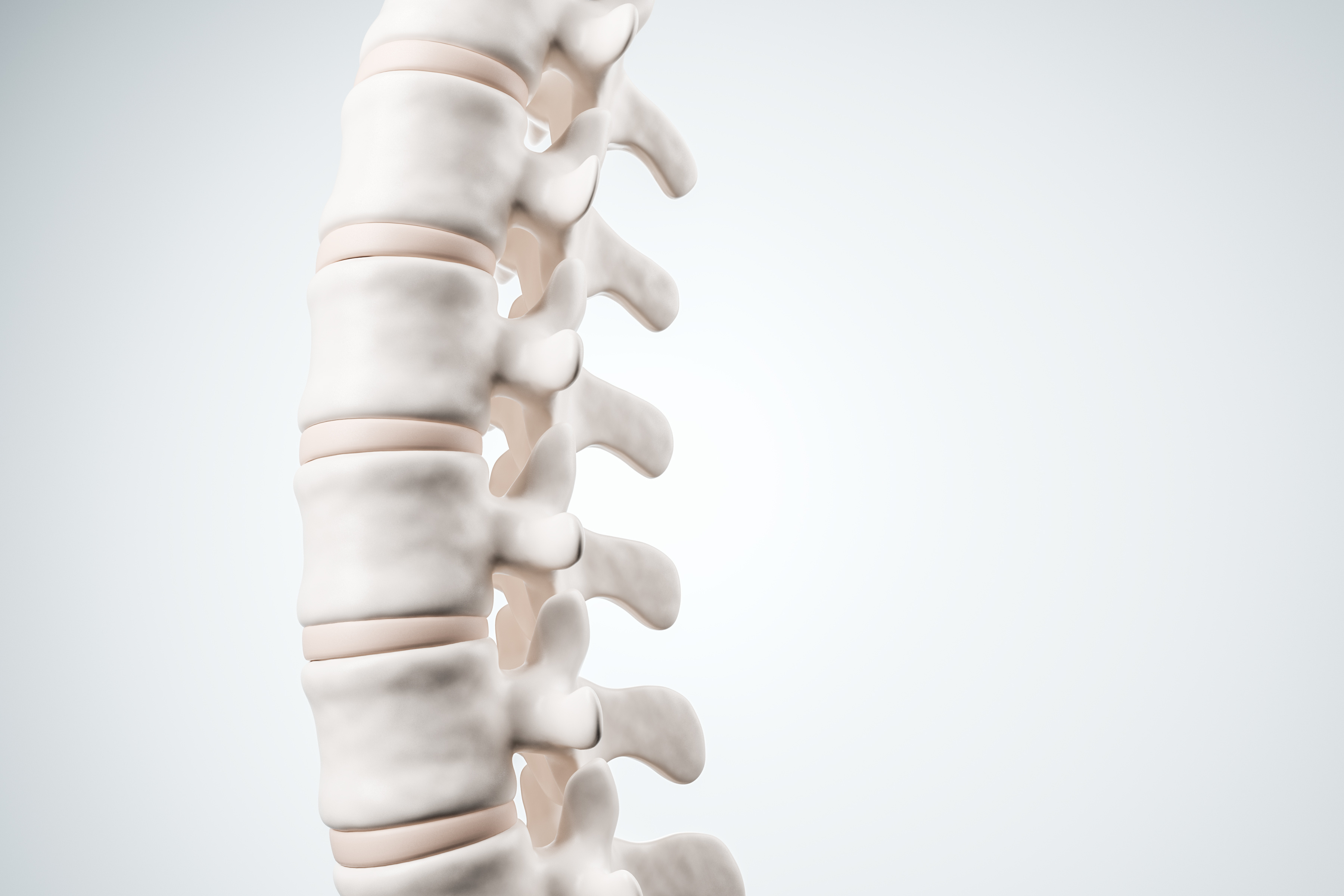
Spinal Biomechanics and Chiropractic Treatment.
Chiropractic. The spine is a long chain of segments or links. Each segment has a limit of how far it can move safely. If it moves further than normal you get an injury and pain.
Efficacy, safety and the latest research supporting chiropractic treatment, cervical manipulation by chiropractors, for the treatment of headaches and migraines.
Independent expert reviews of the scientific evidence from highly respected institutions such as the Quebec Task Force Report (1995), the RAND Corporation Report (1996) and the Duke University Report (2001), now state that neck manipulation is a safe and effective treatment for common disabling forms of neck and headache (1,2,3) and Non-Steroidal Anti-Inflammatory Drugs (NSAIDs) have less effectiveness and a much higher risk rate of serious injury than manipulation (4,5,6,7).

Want to know more? Request a Callback
Or give us a call, to find out how we can help you with The latest research supporting chiropractic cervical manipulation for the treatment of headaches and migraines.
Book an Appointment
Schedule an appointment for The latest research supporting chiropractic cervical manipulation for the treatment of headaches and migraines tailored to your needs.
More than 10% of the UK’s population suffers from headaches and/or migraines.
Most migraine sufferers have their first attack in their early 20’s and three times as many females as males suffer from migraines. Studies in North America, Europe and Australia report that attendance for treatment of headaches is also approximately 10% of all chiropractic patients. There has therefore been a growing body of research evidence of effectiveness (8,9,10).
There are more than 20 varieties of headaches but the most commonly treated are migraine and cervicogenic/tension headaches.
The most common cause of migraine is thought to be due to intercerebral neurovascular disorder but it is still not known exactly why this occurs. Migraines could result from an immune response to infection, hormonal imbalances and certain food types.
Cervicogenic headaches are due to referral of pain from soft tissue and articular structures in the neck including the suboccipital musculature and the upper cervical facet joints. Convergence of nociceptive stimuli in the trigeminocervical nucleus allow referral of pain from neck origins to the head. Soft tissue structures that contribute to this condition can be categorised into four sections: extrasegmental (myofascial structure); intersegmental (deep muscles & ligaments); infrasegmental (nerve roots & dorsal ganglions) and intrasegmental (referral via trigeminocervical nucleus). The presentation of these headaches vary as other forms of headache have cervicogenic components causing some overlap. Those with a pure cervicogenic headache may present with a complaint of daily headaches with no neurological signs. There is often reduced movement of the neck and pain, but not always.
(Fig. 2) Overlapping pain referral pattern (shaded) from myofascial trigger points (Xs) in various masticatory and cervical muscles produce typical unilateral or bilateral migraine or tension-type headaches. (Taken from Travell & Simons’ Myofascial Pain and Dysfunction).
Chiropractic management of pain from the cervical spine (neck pain, cervical headache, referred pain to the shoulder and arm) is based upon adjustment/manipulation, other manual therapies, exercises and patient education, all for the purposes of correction of dysfunction, early return to activities and prevention of recurring disability.
On a 3-point scale of weak/moderate/strong, this approach now has moderate scientific evidence of effectiveness. Chiropractic was found to have more supportive evidence than any other treatment and was recommended by the Quebec Task Force in the early 1990’s. Since then several controlled trials have strengthened the evidence base particularly for patients with sub-acute and chronic neck pain and headaches (1,2,3,11).
Chiropractic adjustments (manipulation) is effective for patients with neck pain and cervical headache arising from joint dysfunction.
Whatever the label given to the headache (eg. migraine, tension-type, cervicogenic) skilled manipulation is appropriate and effective if a primary source of pain – (as it is in many patients) – is cervical dysfunction. Recent research justifies this claim (1,2,3,11).
The chiropractic adjustment has both specific (ie mechanical and neurological) and non-specific (ie placebo) effects.
Both are valuable. It is unscientific and wrong to dismiss the benefits of chiropractic manipulation as merely placebo (12). In various trials in which both groups of subjects received manual contact in a manner that controlled for placebo, subjects receiving chiropractic manipulation have had significantly better results than those receiving mobilisation or sham techniques (13,14,15).
For subacute and chronic pain patients, chiropractic management should generally include both adjustment and rehabilitative exercises.
The importance of incorporating exercises is made clear by the Minnesota trial from Bronfort, Evans et al published in 2001 (16).
Chiropractic manipulation of the cervical spine is safe and appropriate for patients with mechanical disorders of the cervical spine. It has an extremely low risk rate, the best estimate of which remains approximately 1 incident of stroke from vertebral artery injury per 1 million treatments (17).
New estimates, however, from chiropractic malpractice data in the US (less than 1 per 2 million) (6) and Canada (1 per 5.8 million) (18) suggest even less risk. It is therefore wise to take a conservative midpoint. Either way the risk is extremely low and Kapral and Bondy (expert medical commentators from the University of Toronto chosen to write on this point in the journal of the Canadian Medical Association last October) confirm that the evidence to date indicates that the risk associated with chiropractic manipulation is “small and ….. smaller than that associated with many commonly used diagnostic tests or prescription drugs.” The exact risk remains to be estimated but leaders in the chiropractic profession, ‘are as motivated as any patient or professional group to obtain sound scientific data” on risks and benefits of chiropractic care and “chiropractic colleges and associated professional bodies have invested in the promotion and funding of high quality research in this area”(19).
The majority of chiropractic practice involves patients with back- and neck pain and cervical headache, all of which have a high incidence rate and huge impact upon patients, employers and society in terms of disability and cost.
For patients with these common problems, there is now a change from extensive diagnostic testing, rest and medication for pain control – based on structural pathology as in traditional medical practice, to exercise, manual treatments, early mobilisation and education about back pain based on functional pathology – as in traditional chiropractic practice.
Evidence (20) suggests potential savings of many hundreds of millions annually. The literature clearly and consistently shows that the major savings from chiropractic management come from fewer and lower costs of auxiliary services, fewer hospitalisations and a significant reduction in chronic problems and levels and duration of disability.